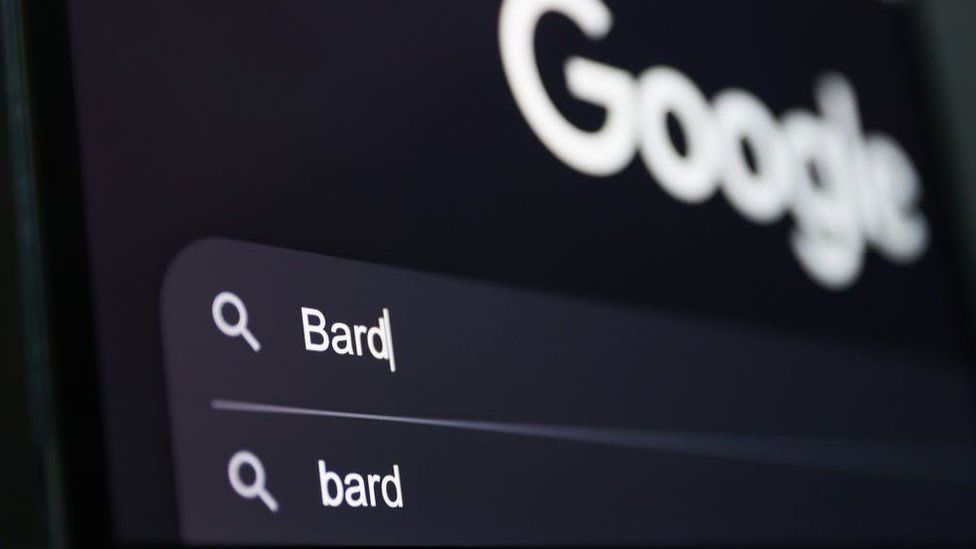If you’ve been paying attention to the news, you’ve probably noticed that AI is becoming a hot-button issue. Of course, AI has always lurked at the back of the technological discourse; as long as artificial intelligence has been a distant possibility, humans have contemplated what it might mean if true AI was ever invented. Fast-forward to today, and initiatives like ChatGPT and Google Bard are grabbing headlines due to the speed with which they’re advancing.
Amongst all the discourse, it’s very easy to lose sight of exactly what’s going on right now when it comes to AI. What exactly are these services? What could they mean for the future? Well, we’re here to help you with that. Google Bard is the latest and hottest name in the AI space, so it’s important to know exactly what it is and what it might offer for people. Here’s our rundown of what Google Bard is and why you should make sure you keep up with developments around it.
A quick introduction to Bard
In early February, Google introduced Bard, which it describes as an “experimental conversational AI service”. According to Google, AI has the potential to “significantly improve billions of lives”, so it was important to the company that they had a showing in this area. That’s what led to the development of Bard.
Bard is based on Google’s own LaMDA technology. LaMDA stands for “Language Model for Dialogue Applications”, and as you might have guessed, it’s intended to serve as a model for any circumstance in which humans can chat with AI. This can include search engines, but it also encapsulates chatbots and other applications.
How does Bard work?
In essence, Bard works by trawling the web and gathering data that it then uses to formulate responses to questions. If, for instance, you ask Bard “who are the best footballers in the world right now?”, then it will draw from a number of different sources to return an answer to you. In this regard, it’s not so different from the Google Assistant that’s built into your smart speakers or your phone.
Where Bard differs is in the finer details. Bard can scan large data sets to identify trends, then suggest directions in which those trends could go in future. As the Telegraph points out, it’s feasible that Bard could learn how medicine works, then offer advice and suggestions as to new molecular structures for future medicines.
There are artistic applications for Bard, too. If rival ChatGPT is anything to go by, then Bard could be used to generate things like poetry, music, and other art. Of course, Bard is learning from existing data, so it’ll generate things close to the data it already has. However, it’s troublingly easy to imagine a world in which AI art is generated that’s totally indistinguishable from human-created art.
When will Bard be available?
Google says it’s already begun rolling out Bard to “trusted testers”, and that the model will become available to the wider public “in the coming weeks”. It sounds like it could be a little while until we get to try out Bard for ourselves, but perhaps not as long as you might have expected.
When it does arrive, you can expect to see Bard integrated into various Google services, starting, the company says, with search. Google says that Bard’s main benefit when it comes to Search will be the ways in which it can “distil complex information and multiple perspectives into easy-to-digest formats”.
One example the company gives is a user searching for whether it’s easier and quicker to learn piano or guitar. This isn’t an easy answer for Google to give, but Bard could collate answers from a wide range of sources and concentrate them into a small, easily digestible information nugget for a user. There are challenges involved here, of course, but that’s the fundamental idea.
What are some of the problems with Bard?
Of course, Bard isn’t without its issues. One of them is the same issue that’s currently hounding ChatGPT; the ethical boundaries for these AI protocols are hard to spot. You may remember Lensa, the AI art app that provoked fierce discussions about whether or not it was ethically sound since it used human-created art as a basis to generate its images.
Bard isn’t necessarily going to operate on the same level as that; it’ll mainly be used for Google’s search protocols at first, it seems. However, if Bard is generating poetry, say, or music, based on human creations, then it’s easy to see how that could be construed as unethical. Are those humans being credited for their work? Are they even being acknowledged by Bard?
Another problem that’s hounding Bard right now is a more prosaic one. Astronomers have spotted that an advertisement for Bard, which is prominently displayed within Google’s own blog page introducing the system, contains a factual inaccuracy. The inaccuracy in question refers to the James Webb Space Telescope; Bard says it was the first telescope to take a picture of a planet outside our own solar system, when in fact it was the European Very Large Telescope.
This error caused Google’s share prices to plummet by $100 billion essentially overnight, and it’s easy to see how factual inaccuracies like that could become a problem if we all start trusting AI too much. However, it’s unlikely to make too much of a difference in the long term; Bard is here to stay, and so are its rivals, so we need to find ways to integrate it into our lives ethically and responsibly.


